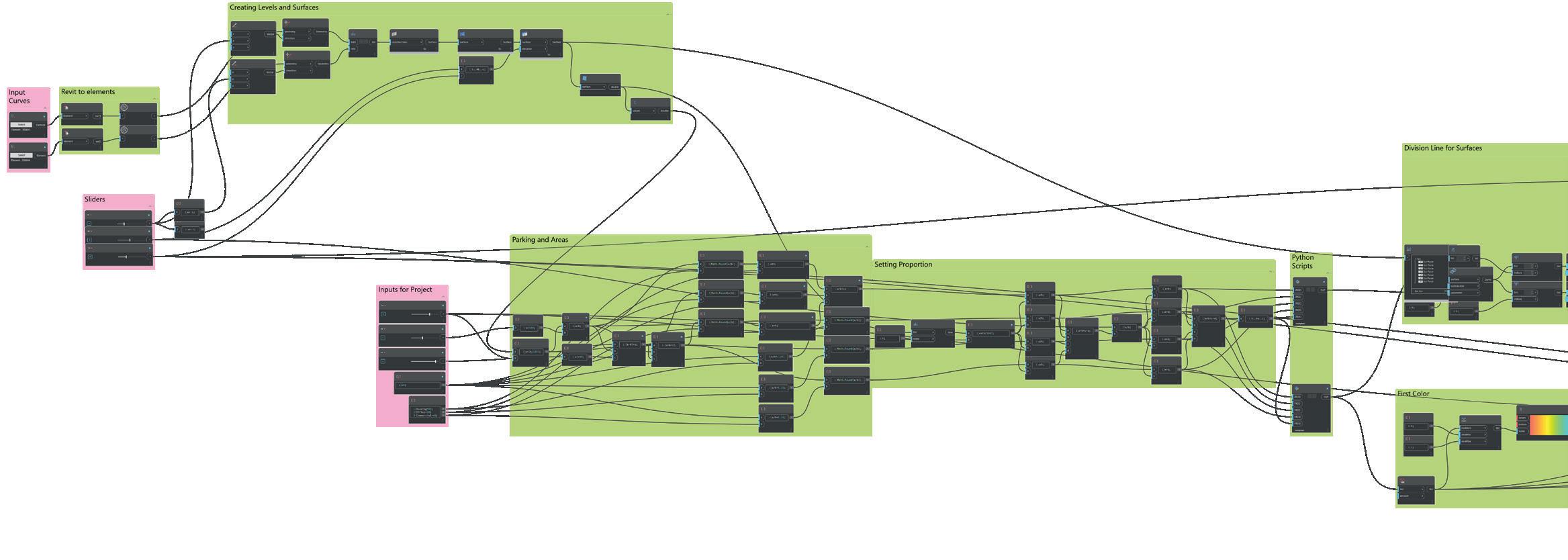BIM Portfolio - Sivagurunathan jayakumar
BIM Portfolio - Sivagurunathan jayakumar
Fabrication & Intelligent Systems
New Paradigms in Industries and Commerce
Utilising simple materials with as little production as feasible has been one of the guiding concepts in the development of the platforms thus far. This has important financial ramifications since the residual asset value is very high because the conversion cost is so minimal, as opposed to putting the steel through many manufacturing processes and paying substantial labour, overhead, and shipping expenses.
The outcomes of a particular project could be employed to optimise the utilisation of components in subsequent projects, leading to the development of assets that gradually occupy the upper-right quadrant of the efficiency versus effectiveness chart. This method would be highly suitable for implementation on platforms. This would additionally enhance the advantages of sensors in “smart” assets, which currently gather data on the performance of highly specific assets, thereby increasing their significance. Alternatively, if the data were employed to educate the advancement of the ensuing cohort of platform constituents and their optimal arrangement, it would enhance the learning and feedback mechanism. The implementation of digital work flows has the potential to significantly reduce the occurrence of repetitive tasks, thereby affording design professionals with additional time to engage in value-adding activities. This includes exploring a broader range of design forms and concepts, as well as dedicating more time to comprehending the functional outcomes associated with novel assets. (Wood, 2018)
Circular economy When standardised components reach the end of their useful lives or when an asset’s requirements change, it would be simple to re-purpose or reconfigure them since the relevant performance data would be straightforward to obtain. It’s possible that having the option to recycle components back into a circular economy will give designers greater leeway to be innovative. If architects were not required to construct anything with a lifespan of sixty years, and if it was likely that the building would be re-purposed after twenty years, this would allow unprecedented flexibility in design, and it would also encourage more sustainable practises.
Conclusion
Fig 26 - detials for assembly
The use of low-fabricated components and connecting brackets eliminate the requirement for skilled trades during assembly; instead of professional steel erectors, the frame may be bolted together by experienced workers (this was shown during the prototype phase). The platform approach is 12% cheaper than flat slab concrete and 34% cheaper than a composite slab steel frame(fig 27). This saves a lot, although the superstructure only accounts for a percentage of the building cost. However, The platform approach would enable a range of additional benefits that flat slab construction does not, such as providing a highly accurate frame that will facilitate the use of other platform components (façades, MEP, fit-out) that will continue to amplify the time and cost benefits. Platform 2 would also facilitate the other initiatives set out in this book relating to UK manufacturing capability, diversifying the skill set. (Wood, 2018)
36
This report summarize the Forge 105 Sumner Street, Southwark, London aims to achieve a significant milestone by becoming the inaugural commercial edifice to be built and managed in accordance with the UK Green Building Council's (UKGBC) framework for net zero carbon buildings and its corresponding energy performance objectives. The project is introducing pioneering measures to address the pressing issue of climate change. By implementing innovative construction techniques to construct the world's inaugural office building that utilises the "kit of parts" approach, which is based on a structural frame designed for manufacture and assembly. This project has been made possible through funding received from Innovate UK. The implementation of this approach leads to a decrease in the utilisation of natural resources and the generation of on-site waste, which stands in contrast to conventional construction practises that result in the disposal of up to 30% of materials in landfills. The construction process is resulting in a 25% reduction in embodied carbon emissions as compared to a conventional building. The expectation within the built environment industry is that The Forge will serve as an exemplar project for other developments, thereby facilitating the justification for additional net zero buildings among developers.
37









